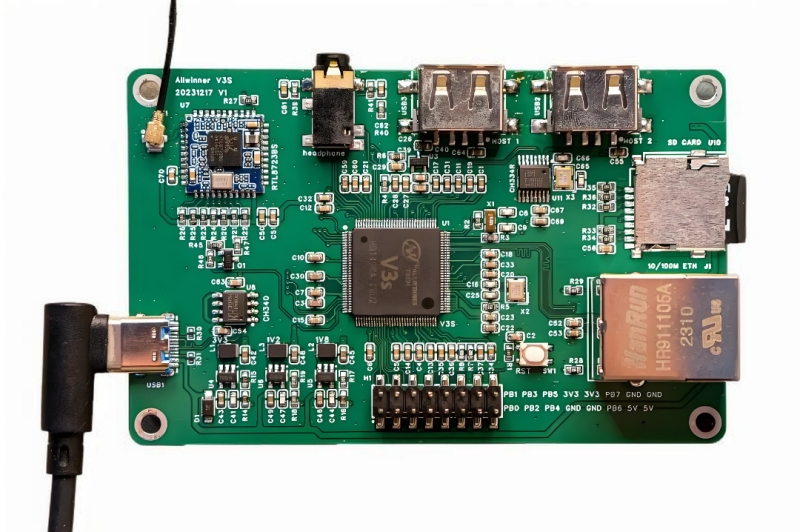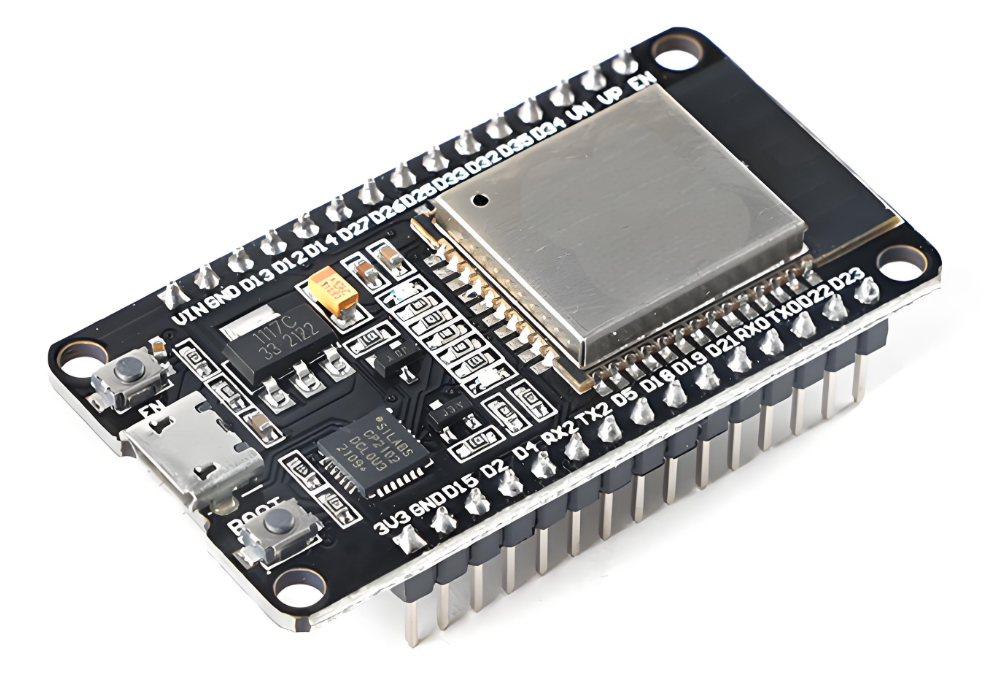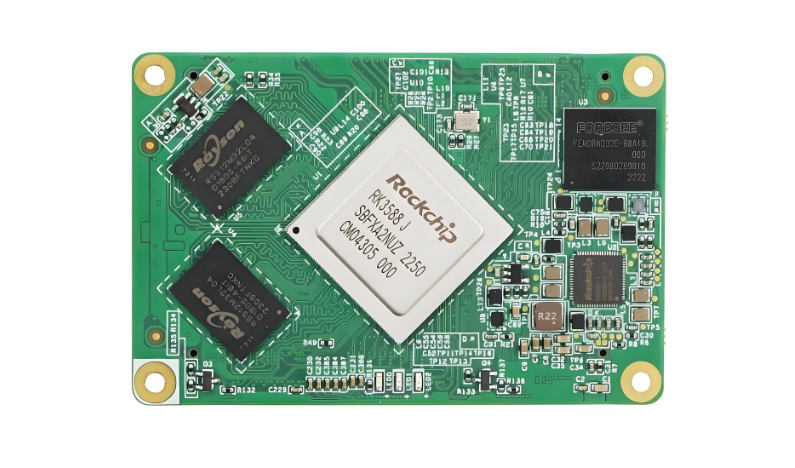AI technology is penetrating various fields at an unprecedented pace, and the toy industry is no exception. AI toys have broken the boundaries of traditional toys with their in-depth interactive experiences—being able to listen, speak, see, and "think". Behind all this, chips, as the key "brain", play an irreplaceable role.

The complex functions of AI toys rely on the strong computing power of chips. Take voice interaction as an example: after a child speaks to an AI toy, the chip needs to quickly process the voice signal, convert it into text, generate a response using built-in algorithms and connected cloud models, and finally convert the text back to voice for playback. This series of operations must be completed in a very short time, placing high demands on the chip’s computing speed and processing capability. For instance, Espressif Systems’ ESP32-S3 chip, equipped with a self-developed vector instruction set and optimized for neural network computing, can efficiently handle voice wake-up tasks. It allows AI toys to respond to children’s calls in milliseconds, greatly enhancing the smoothness of the interactive experience.
Different types of AI toys have diverse chip requirements:

Chip manufacturers continue to innovate to meet the specific needs of AI toys:

The importance of chips in AI toys is self-evident—their performance directly determines the functional richness, interactive experience, and security of AI toys. As AI technology advances and consumer needs become more diverse, chip manufacturers will continue to develop more powerful, intelligent, and secure products, injecting "core momentum" into the development of the AI toy industry and driving it to new heights.